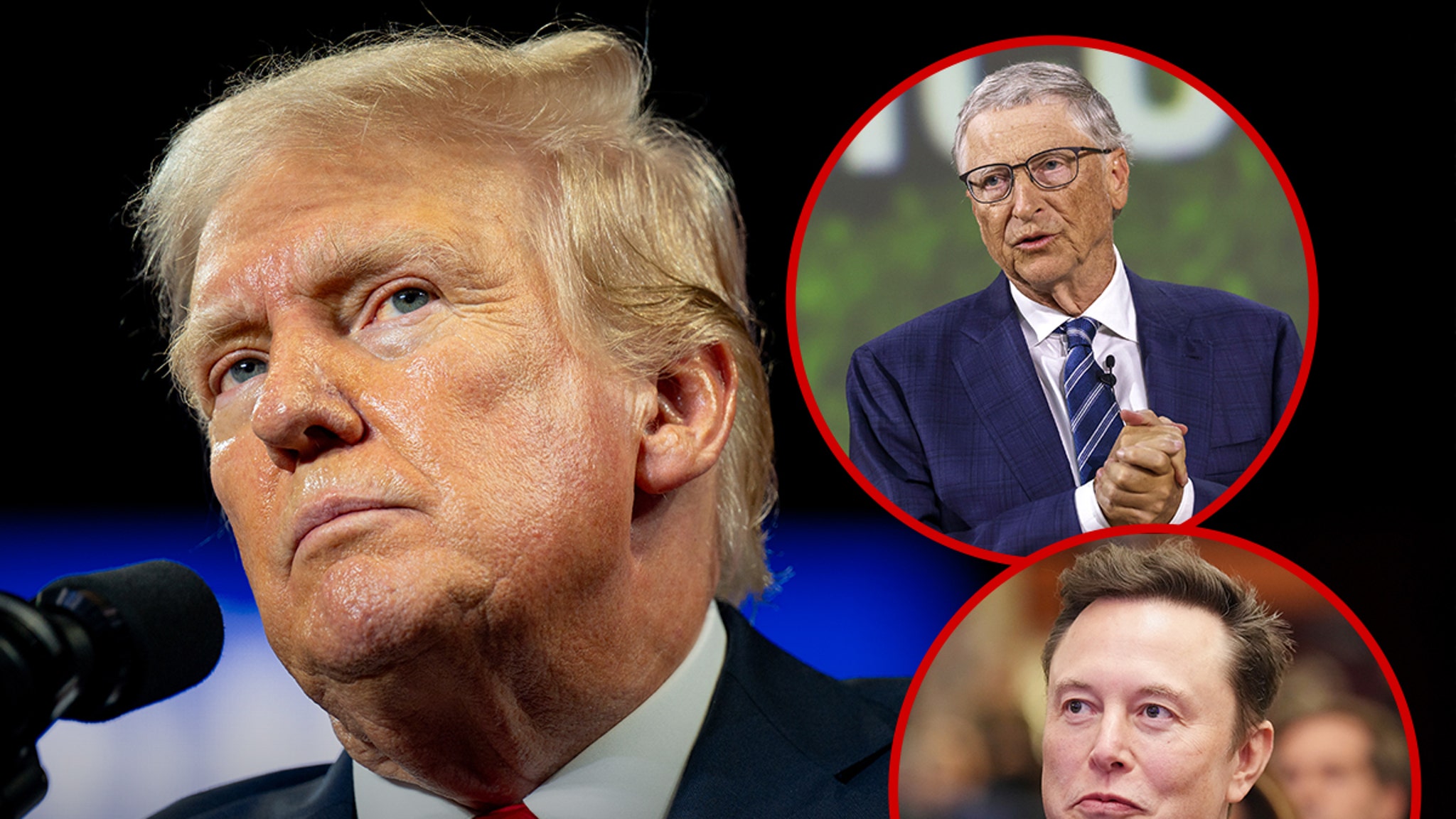2025: Overcoming The Mixed Fortunes In A Challenging Telecoms Sector
ARTICLE AD BOX
As had been anticipated, 2024 proved to be another challenging year for the communications industry.
Declining growth in fixed and mobile broadband network investments coupled with the ongoing struggle to monetise new 5G services, and accompanied by the global economic downturn, continued to impact business performance for many telcos, equipment vendors and the wider industry.
Work to finalise 3GPP Release-18 during the year brought 5G-Advanced features such as improved MIMO and lower energy consumption closer to commercial reality, but rollout of the 5G standalone networks which can deliver the technical capabilities required to support 5G-A as well as broader benefits such as Industry 4.0, remained sluggish.
In addition, some much-anticipated areas of 3GPP Release-17, such as RedCap IoT, had still not progressed beyond trials to significant commercial deployments as the year progressed.
Competition in the rapidly expanding satellite sector – notably in the race to extend internet connection to rural and underserved regions – became ever fiercer as the year progressed.
Contention for access to markets and frequencies between existing satellite providers and emerging players such as SpaceX-backed Starlink ramped up, while terrestrial providers sought to protect valuable spectrum resources.
Meanwhile the industry continued to put its faith in the incorporation of AI technologies into software and systems as providing the greatest promise for future growth and enhanced revenue generation.
Carryover from 2023’s lacklustre growth meant that market conditions in the first half were little improved.
By mid-2024, analyst firm Dell’Oro Group was already reporting a 16% year-on-year decline in worldwide telecom equipment revenues for the second quarter, across broadband access, mobile core networks and radio access networks.
Excess inventory, weaker demand in China, challenging 5G comparisons, and elevated uncertainty were among the causes cited by the analyst firm.
European telco fortunes were mixed, with growth in developing markets the main compensating factor for generally static or declining returns nearer home.
In Q3 Orange group posted a 1.6% rise in total revenues compared to the same period in 2023, to just under N10 billion.
Declining revenues at the group’s European businesses outside of France were offset by stronger growth in Africa and the Middle East, which delivered a 10.5% uplift to N1.82 billion, driven by voice, mobile data, fixed broadband, Orange Money and B2B services.
Operators whose focus is more exclusively on emerging markets generally fared better. Bharti Airtel reported revenues up by 12% year-on-year in the second quarter to September, with strong revenue growth in its operations in both India and Africa across mobile, home broadband and business services, with a mid-year increase in tariffs designed to help recoup the billions invested in 5G infrastructure a contributory factor.
Year-on-year operating revenues at China Mobile in 1H24 were also up by a modest 3% at RMB546.7 million, despite what Chairman Yang Jie called “various challenges faced by the company with a complex external environment”.
Equipment vendors’ fortunes followed a similar pattern, being driven largely by regional trends. Ericsson’s 3Q24 network equipment sales showed an overall 1% decline with Europe delivering only marginal growth and decline across all regions of Asia, as well as Middle East and Africa. Only the US market showed significant growth.
By contrast, Huawei reported first-half revenues of RMB417.5 billion (US$58.8 billion), up 34.3% in 2023. Although not broken out by business segment, network infrastructure has historically contributed around 50% of total revenues for the company.
Much of the impetus behind 5G-A is coming from China and the Middle East. In April 2024, China Mobile launched what it claims is the world’s first commercial 5G-Advanced network ahead of the standard’s expected completion later in the year.
The initial launch covers 100 cities across China, with the aim of expanding coverage to more than 300 cities before the end of 2024.
The operator is collaborating with Ericsson to develop use cases for the technology. China Mobile promised to promote 5G-A by launching over 20 5G-A-compatible devices during 2024, with a target of at least 20 million 5G-A device users by year end.
In November, Dubai-based operator du announced a 5G-A Innovation Centre to provide a resource for “anyone associated with the next iteration of 5G” whether within the UAE or outside.
Analysts’ expectations that the commercialisation of key technologies and features of 3GPP Release-17 such as satellite 5G and reduced capability (RedCap) IoT would significantly improve the prospects for monetisation of 5G may prove accurate in the longer term, although progress during 2024 was less conclusive.
Although already being trialled by the likes of Huawei and Ericsson in 2023, progress towards wider commercial deployment of RedCap technology has proved slow to materialise.
Among early examples of commercial service launches however, was Philippine telco Dito Telecommunity’s 5G fixed wireless access (FWA) service announced in October, featuring home Wi-Fi powered by 5G RedCap technology.
Branded “Dito Home WOWFi” the service leverages the operator’s 5G standalone network and enables speeds of up to 100 Mbps for home users.
In the fixed broadband market, steady progress on fibre broadband deployments providing 10Gb connectivity have continued through 2024, notably across developing markets, with many hoping for improvements flowing from government funding.
In just one example, the government of Nigeria revealed plans in May for the delivery of an additional 90,000 kilometres of fibre optic cable to complement existing infrastructure and increase connectivity across the country.
The project is expected to increase fibre optic cable capacity from 35,000 kilometres to 125,000 kilometres, giving the country the third-longest terrestrial fibre optic backbone in the continent.
Satellite providers significantly ramped up their activities over the course of 2024. With a goal to target areas of poor internet coverage in both developed and emerging markets, investments are at an early stage with service penetration likely to be limited initially.
A combination of the resources of SpaceX owner, Elon Musk and technological leadership that includes a constellation of 6,200 LEO satellites have helped Starlink to scoop up operating licences across Africa, Latin America and South-East Asia over the course of the year.
Globalstar (in which Apple acquired a 20 per cent stake in November 2024), Telesat, Amazon’s Project Kuiper, and Eutelsat OneWeb have also been active in the same space.
Concern over the impact of new satellite services on existing terrestrial network providers has ramped up both the rhetoric and the practical measures some are taking to challenge Starlink’s growing dominance of this emerging sector.
One particular area of contention is access to spectrum, where the allocation of new frequencies has in some cases appeared to favour the new satellite providers over incumbent terrestrial operators.
In India, Reliance Jio and Bharti Airtel have challenged a decision by the Indian government to apportion new satellite frequencies on the basis of allocation rather than auction.
Despite the move being in alignment with international principles, the incumbents have argued that the government policy fails to ensure fair competition.
Where telcos should focus their investments in AI technology during 2024 was a key concern among industry commentators, and whether Gen AI would be primarily intended to reduce capital expenditure, enhance network performance, or improve customer experience.
Allied to this, evidence of measurable benefits from these investments and of a tangible ROI was being increasingly sought during 2024.
The year showed no let-up in the escalating levels of investment in Gen AI, with Deloitte estimating current levels at 10 times (or more) higher than the return.
“Those spending the most might suggest that the risk of underinvesting in Gen AI is higher than the risk of overinvesting, but the gap persists and seems to be widening”, cautioned the analyst firm.
The prospects for Gen AI in the coming year will be more fully addressed in the Developing Telecoms outlook for 2025.

















.jpg)



.jpg)

.jpg)








 English (US)
English (US)